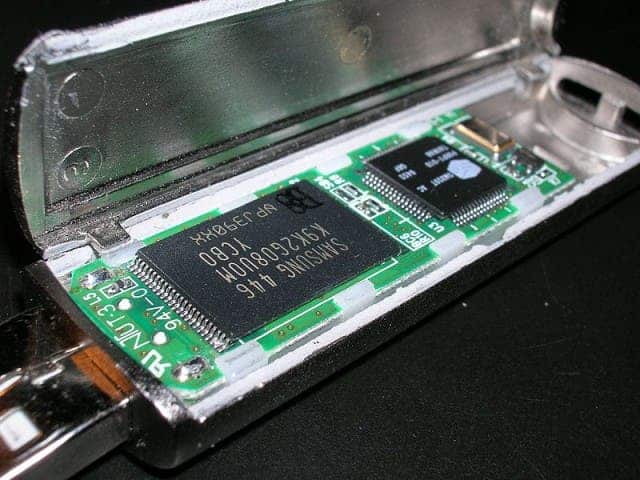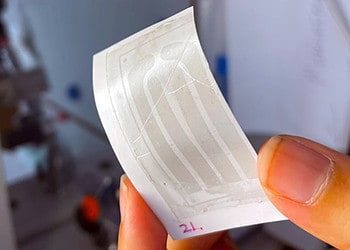If you still don’t know what graphene is, you’d better learn pretty soon – because it’s the stuff of the future.

Graphene is a substance composed of pure carbon, with atoms arranged in a regular hexagonal pattern similar to graphite, but in a one-atom thick sheet. Ok, so what’s so special about it? Well, due to the fact that it is only one atom thick, it doesn’t really behave like a 3D material. Due to this fact, it has some unique, very useful properties which could be applied in a myriad of fields (including headphones, apparently).
The thing is, following the advancements made with graphene, other single-atom thick atoms. This time, researchers have used two of these materials—graphene and molybdenum disulfide—and put them together with some more traditional components to make a flash memory device. The device is still in its very early phases, with some of the components being manually assembled under a microscope, but already it shows some excellent properties, like like the potential to store more than one bit per device (bare in mind – 1 atom thick) for more than 10 years.
The device basically consists of two electrodes that feed current through a semiconductor within the device. To make it as compact as possible, researchers started with two sheets of graphene layered on some silicon, separated by a small gap. These sheets served as electrodes, and the next layer on top was the semiconductor formed by a single-molecule-thick sheet of molybdenum disulfide. After that, it was all insulation.
The only thing that was thicker than an atom was the insulation – even though such insulators exist.
Via ArsTechnica






